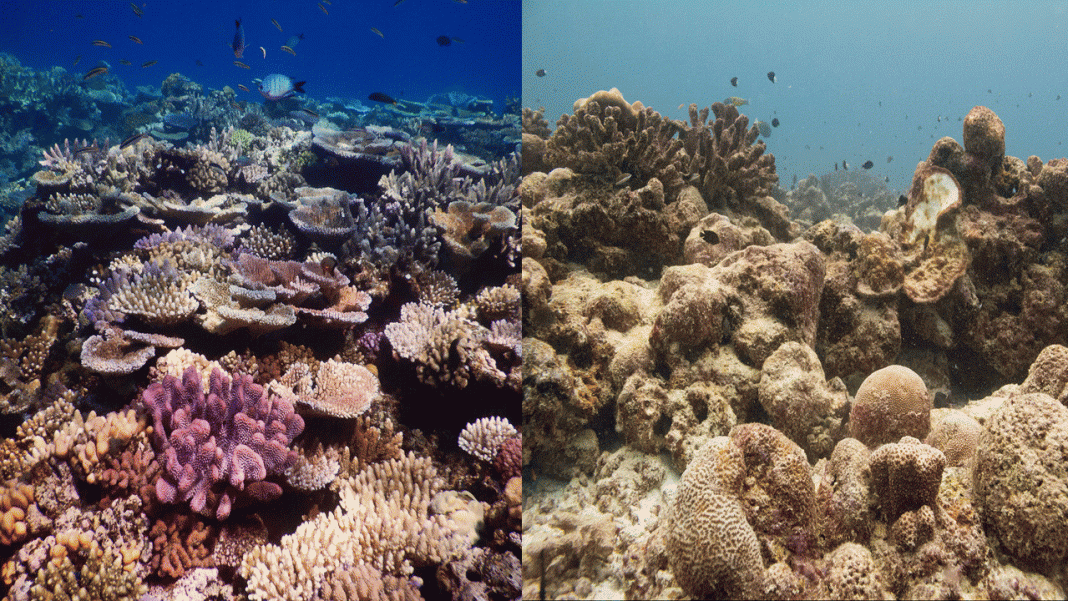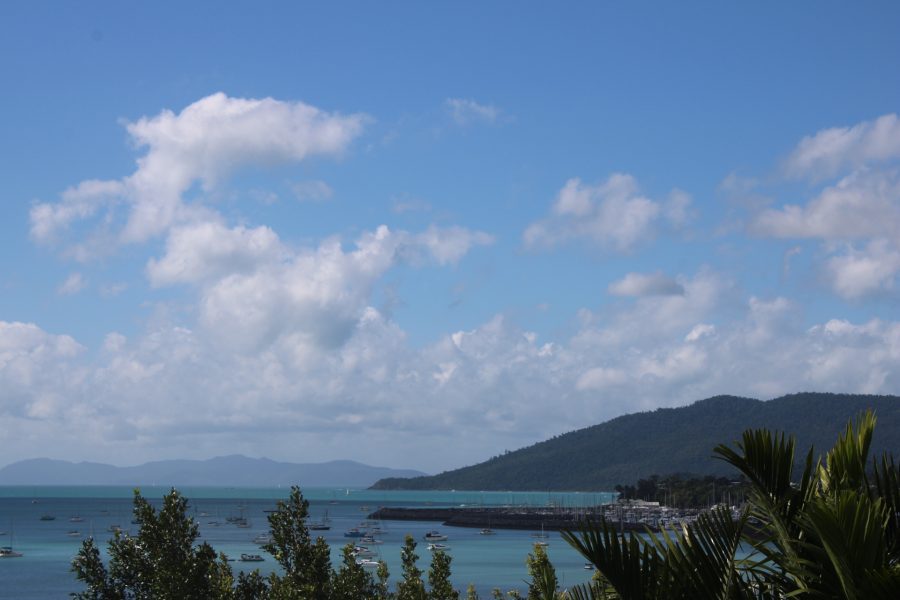UNESCO’s World Heritage Committee has ordered a full review of Australia’s Great Barrier Reef management.
In 2026, Australia must submit a full State of Conservation report, outlining progress on tackling threats.
This review requirement comes on the back of the sixth mass bleaching event in nine years and severe coastal flooding.
UNESCO flagged four key areas where Australia is falling short: Cutting climate pollution, improving water quality, preparing for climate-driven disasters like mass bleaching, and ensuring fisheries are managed sustainably.
If progress is deemed inadequate, the reef could be recommended for inscription on the World Heritage ‘In Danger’ list, in 2026.
For those people that closely follow all things reef, this is a familiar story.
UNESCO has been threatening to put the reef on the ‘In Danger’ list for at least a decade.
It hasn’t happened…yet, but that’s not the point.
The point is: How did we let the reef’s health degrade to the point where UNESCO would even consider putting it on the ‘In Danger’ list? And should the reef be on the ‘In Danger’ list?
It is important to note that the Great Barrier Reef is still the jewel in the crown of coral reefs worldwide.
It is still one of the most biologically diverse environments on the planet.
It is still an economic powerhouse, contributing more than $6.4 billion each year to the Australian economy and providing around 64,000 full-time jobs.
It is part of our Australian identity.
But there is no doubt, the reef is under pressure.
The Great Barrier Reef was declared a marine park in 1975. In 1981, it was recognised for its outstanding universal value and was inscribed on the UNESCO World Heritage List.
Since that time, the pressures on the reef have become enormous. A short list of the major threats impacting the reef include:
· Climate change
· Poor water quality
· Unsustainable fishing
· Crown-of Thorns starfish
· Coastal development
The Australian Institute of Marine Science (AIMS) has been monitoring the reef since the mid-1980s.
Their most recent report (2024) makes things very clear: The Great Barrier Reef has experienced a significant decline in health over the past few decades, due to various factors, primarily climate change and related events like coral bleaching and ocean acidification.
While the reef has shown resilience and ability to recover from past disturbances, recent trends indicate a concerning acceleration in coral loss and habitat degradation.
The Great Barrier Reef Marine Park Authority (GBRMPA) concurs.
Their 2024 Great Barrier Reef Outlook Report states:
‘The region’s current outlook remains one of continued deterioration. Warming already locked into the global climate system will have profound effects on the region’s ecosystems over the next decade and beyond, and unchecked warming would be devastating for the reef.
‘The window of opportunity for changing direction is closing rapidly. Only the strongest and fastest possible actions to decrease global greenhouse gas emissions will reduce the risks and limit the impacts of climate change on the reef.
‘Timely and effective management actions taken now can dramatically alter potential futures.’
In other words…the reef is ‘In Danger’, irrespective of whatever UNESCO might say.
But now is not the time to throw our hands in the air and walk away.
Now is the time for sustained action to do everything in our power to mitigate the threats to the reef.
The future of the reef is unknown.
But there is one thing we do know: The reef is incredibly resilient.
Given a chance, it has the ability to bounce back from the grimmest circumstances.
We must give the reef that chance.
Contributed by the Whitsunday Conservation Council.






